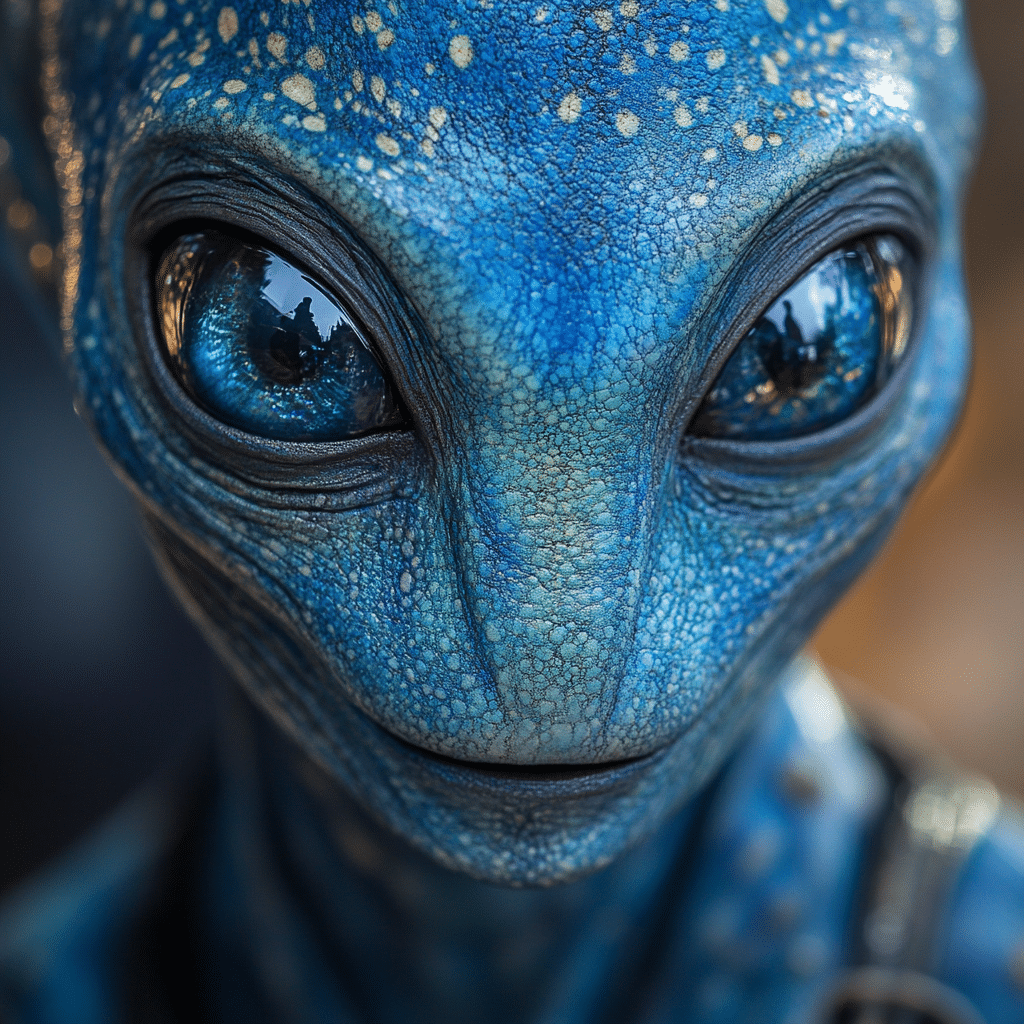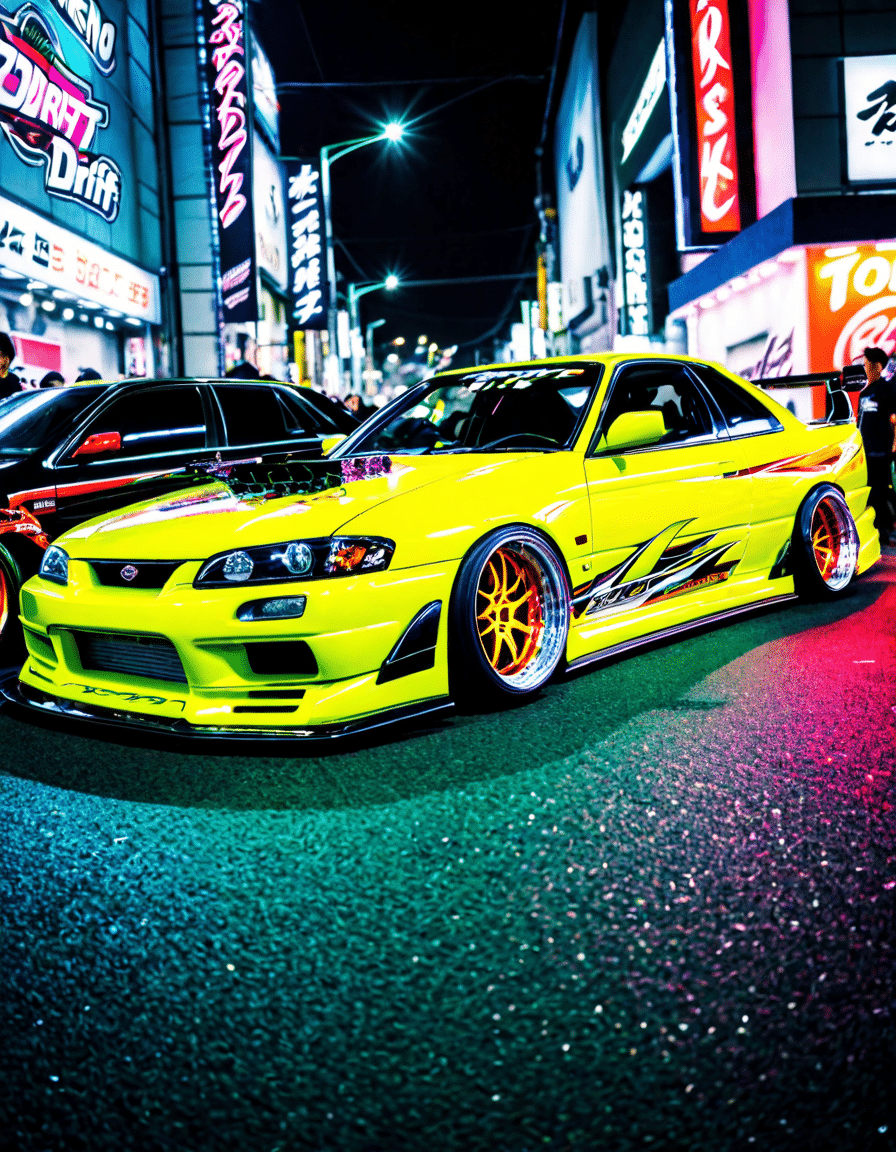Rev your engines, cinephiles, because we’re diving headfirst into the pulse-pounding world of “Tokyo Drift.” Released in 2006, this film didn’t just showcase a new twist in the “Fast & Furious” saga; it launched a full-blown love affair with drifting and Japanese car culture. Fast-forward to 2026, and the influence of “Tokyo Drift” still roars through the automotive culture, captivating a new generation of fans both in Japan and beyond. So fasten your seatbelts; we’re about to explore how “Tokyo Drift” continues to shape culture, from anime to street fashion.

Top 7 Ways ‘Tokyo Drift’ Continues to Shape Car Culture Today
The high-speed thrills of “Tokyo Drift” ignited a spark that led to the creation of professional drifting competitions worldwide. Formula Drift has become a powerhouse, featuring drivers like Chris Forsberg and Vaughn Gittin Jr., who are now icons in the drifting community. “Tokyo Drift” redefined drifting from a street art into an organized sport people actually compete in. It’s utterly electrifying to watch these drivers navigate hairpin turns as if they were born with steering wheels in their hands!
Car enthusiasts everywhere took a page from “Tokyo Drift’s” playbook, lusting after the sleek and flashy custom cars that made their mark in the film. Models like the Nissan 350Z and the Toyota Supra became symbols of individuality and creativity in the drifting scene. Now, car shows like SEMA—the Specialty Equipment Market Association show—are buzzing with modified cars vying for attention and sparking fresh ideas among gearheads.
It’s no surprise that “Tokyo Drift” took a joyride straight into the gaming industry, influencing titles like “Need for Speed” and “Forza Horizon.” These games embrace the heart-pounding essence of drifting, attracting players eager to show off their virtual skills. Today, eSports has transformed drifting into a digital spectacle, where online competitions mimic real-world events, continuing the legacy of “Tokyo Drift” in an exciting, interactive format.
As if drifting wasn’t already more fun, “Tokyo Drift” began merging with Japan’s beloved anime culture, including series like “Sailor Moon.” The crossover magic is evident in fan art and merchandise, drawing in audiences that adore thrilling cars and charming characters simultaneously. It’s fascinating to see car culture influenced by anime, with enthusiasts sporting vehicles adorned with imaginative graphics that unite both realms.
In the age of Instagram and TikTok, nostalgia for “Tokyo Drift” runs rampant among the drifting community. Influencers are keen to connect their content with massively popular franchises like “Dragon Ball,” tapping into cherished imagery and themes. This fusion of anime fandom and car culture lives online, creating unique communities where speed and nostalgia collide.
“Tokyo Drift’s” impact is global, inspiring fans from Tokyo to Los Angeles. Major drift festivals in the U.S., UK, and Australia continue to reflect the film’s vibrant aesthetics and challenges, drawing in thousands of participants. Events like Tokyo Auto Salon celebrate local and international cultures, uniting drift enthusiasts worldwide under the banner of this exhilarating sport.
The stylish presentations of characters in “Tokyo Drift” opened the door for streetwear brands that pay homage to drifting culture. Labels like Rhude and Off-White sport designs that resonate with car enthusiasts, merging high fashion and automotive styles. This trend spotlights how lifestyle and fashion weave seamlessly into the automotive narrative, just like the journeys of the film’s spirited characters.

The Lasting Legacy of Tokyo Drift on Modern Car Culture
As we zoom into 2026, the unwavering legacy of “Tokyo Drift” remains firmly planted in automotive culture, media, and fashion. This film captured the heart-pumping world of drifting and tied itself to a larger cultural tapestry, threading anime and fashion into the fabric of car enthusiasm.
Its presence is everywhere—from local car meets buzzing with excitement to online forums brimming with discussions on gear and aesthetics. Every drift, every modified vehicle, and every piece of merchandise echoes the film’s original adrenaline-fueled spirit. Thus, the celebration of drifting will continue to flourish, driven by the creativity and passion of a community that ensures “Tokyo Drift” never fades into the rearview mirror.
Whether you’re a die-hard fan or just someone who appreciates fast cars, “Tokyo Drift” offers something that transcends mere entertainment; it’s a lifestyle. So grab your hair growth shampoo when it’s time for that overdue photoshoot with your modified whip, or stay on top of the latest Penelope Cruz news while dreaming of your next drift! The world of “Tokyo Drift” and its impact is always racing ahead, making the journey all the more remarkable.
Tokyo Drift: Thrilling Trivia for Fans of Fast-Paced Car Culture
The Origins of Drift Culture
Did you know that the drifting seen in Tokyo Drift has its roots deep in Japan’s car culture? The art of drifting turned into a competitive sport in the late 1970s, influenced by street racing and mountain driving. Just like in the anime Naruto shippuden, where characters master techniques through intense training, drifters hone their skills with precision and practice. The film brought this thrilling aspect of Japanese car culture to a global audience, showcasing not only the cars but also the lifestyle that goes with them.
But that’s not the only interesting tidbit about Tokyo Drift. The soundtrack features tracks by legendary guitarist Jeff Beck, which injects an extra layer of adrenaline into the film. Unfortunately, Jeff Beck passed away, leaving behind an indelible mark in the music world. His contributions helped Tokyo Drift become not just a racing film but a cultural touchstone for car enthusiasts worldwide.
Iconic Performances and Cameos
You might recognize familiar faces in Tokyo Drift, but did you know it also features a young Lucas Black as the lead, Sean Boswell? Beyond his role as a street racer, you’ll find that Black has shown up in various popular TV shows. His journey really took off after Tokyo Drift, getting him recognized in the fandom. Interestingly, another standout character is played by actor Bow Wow, who is known for his music career and has starred in films like Like Mike. Speaking of talent, Giancarlo Esposito, who’s made hits in several movies and TV shows, showcases the diversity of acting abilities that enrich film culture, making it so much more vibrant.
The Thrill of Drift Racing
What really caught everyone’s eye was the jaw-dropping drift sequences. The filmmakers didn’t just throw some cars together; they staged intense scenes that pushed the limits of performance. Just like the complex relationships in The White lotus season 1, the characters evolve through their experiences, enhancing the narrative. The film captures the nuances of underground racing while keeping the thrilling excitement of drifting front and center.
And let’s not forget about the cultural impact of Tokyo Drift! It has inspired thousands of fans to create Couples Costumes of iconic characters for events like Comic Cons. It’s fabulous to see how a movie can ripple through fashion and pop culture, creating a community around car culture and fandom alike, making something special for everyone involved. If you’re curious about more fun viewing, check out how streaming platforms like Onetouchtv continue to extend the reach of car culture and films, bringing classic moments to new audiences.
So there you have it—the adrenaline-fueled spirit of Tokyo Drift lives on, enriching our love for fast cars and epic storytelling!





